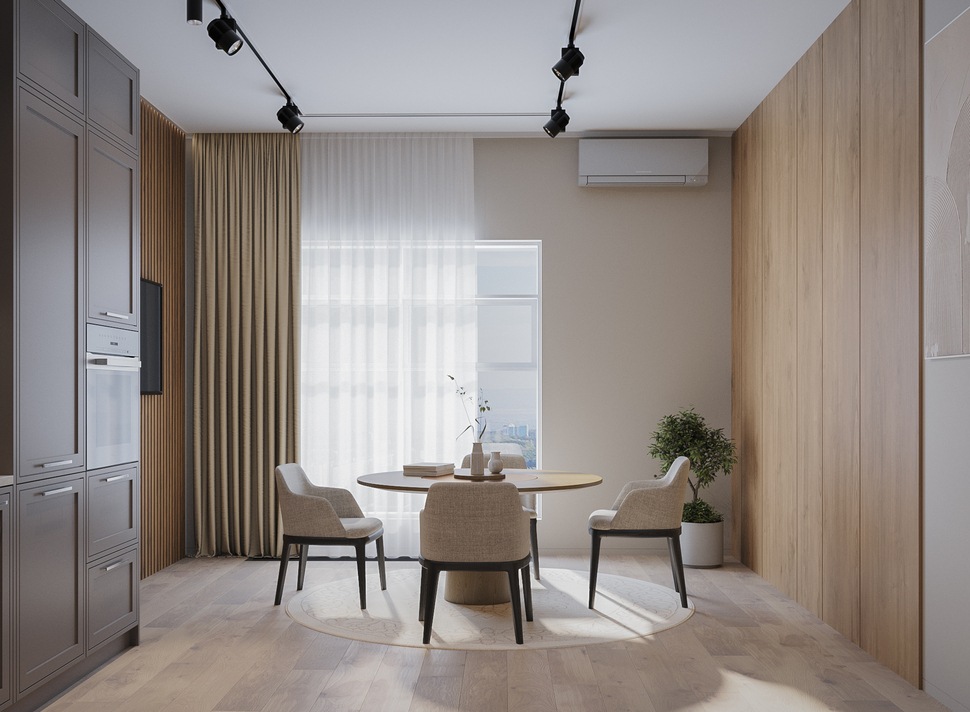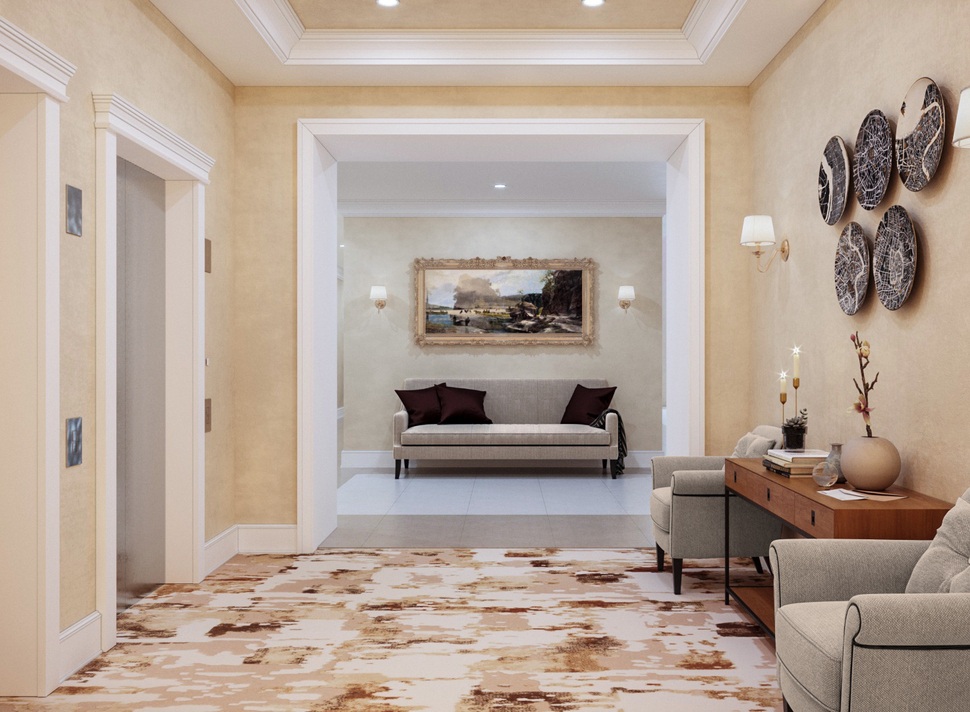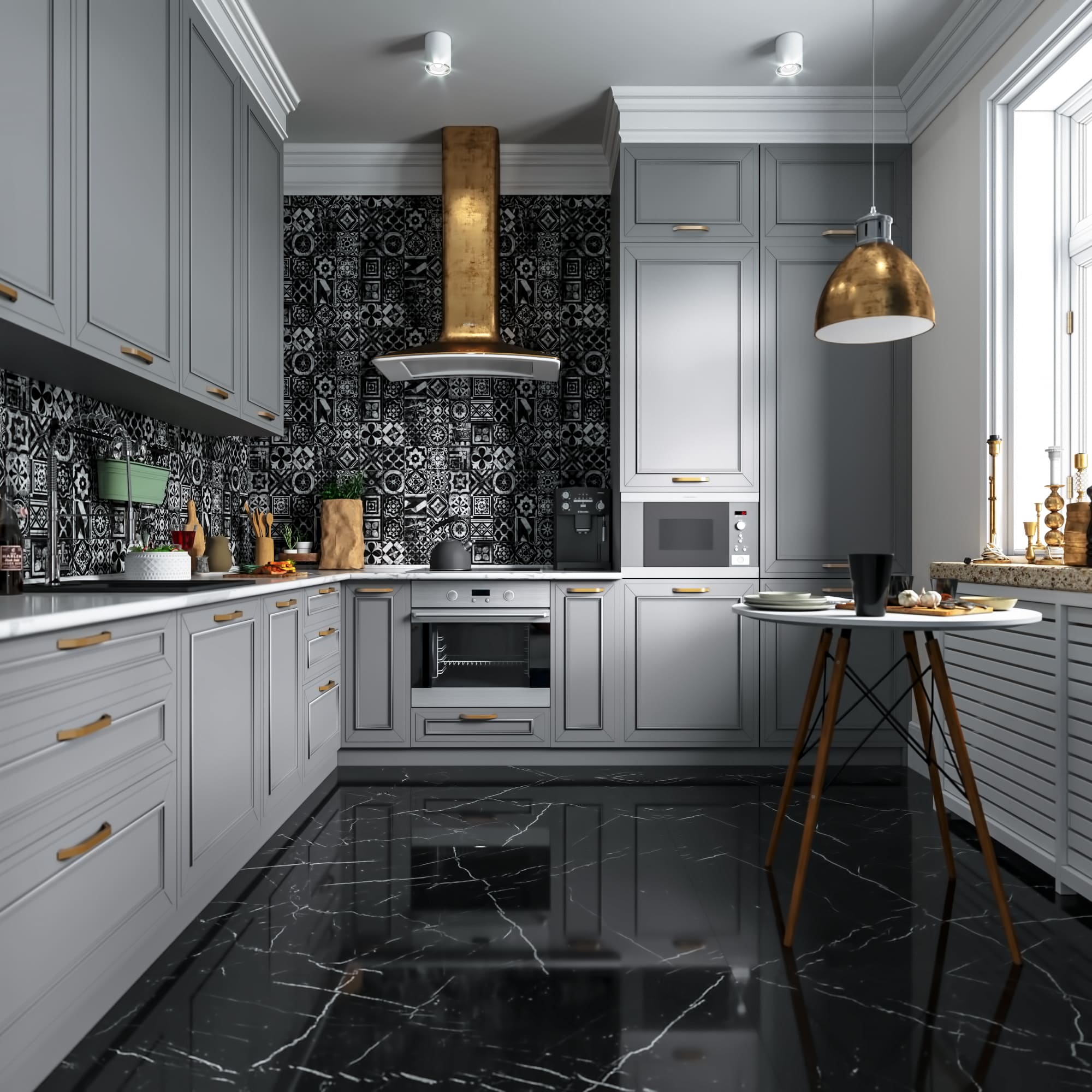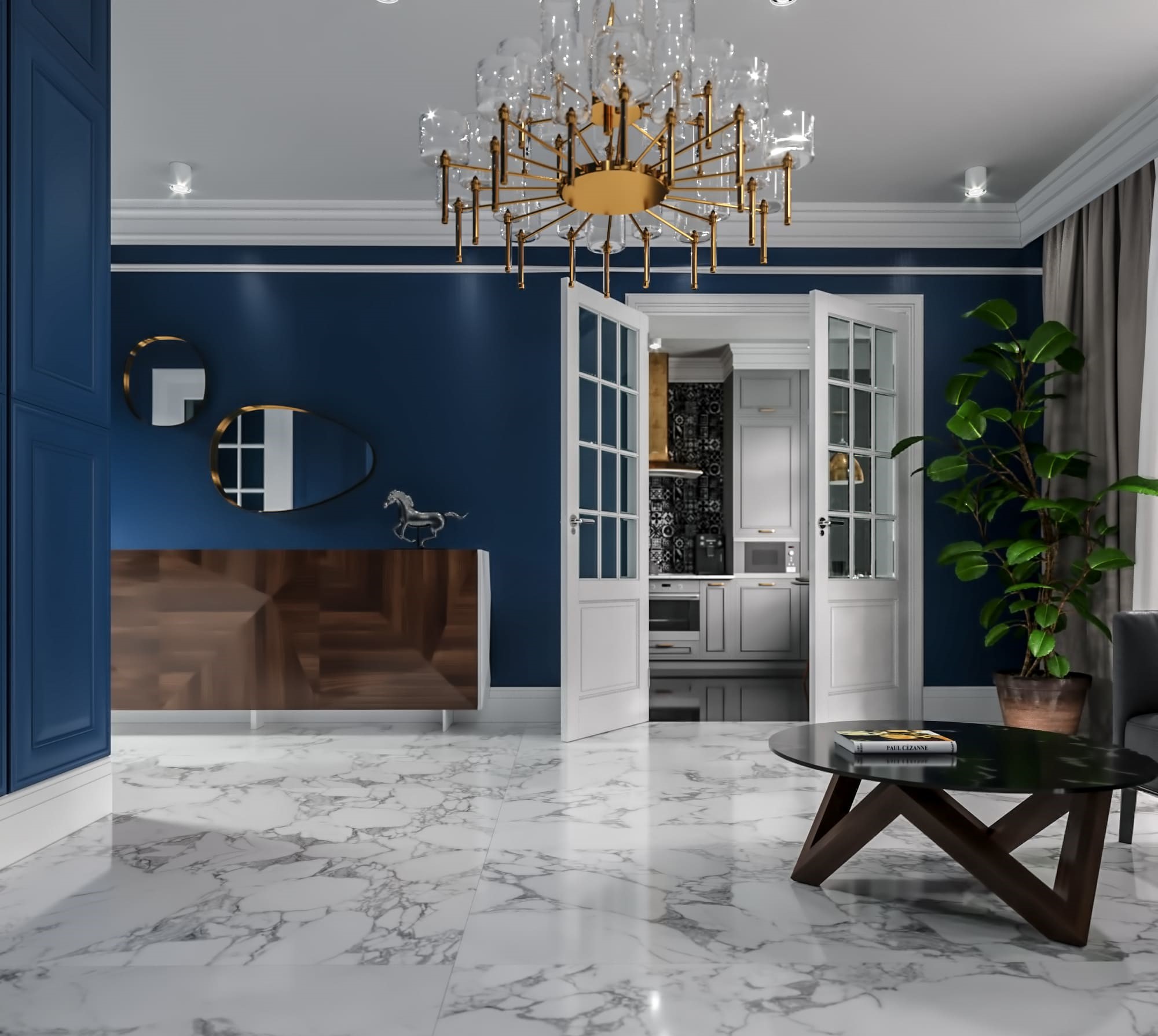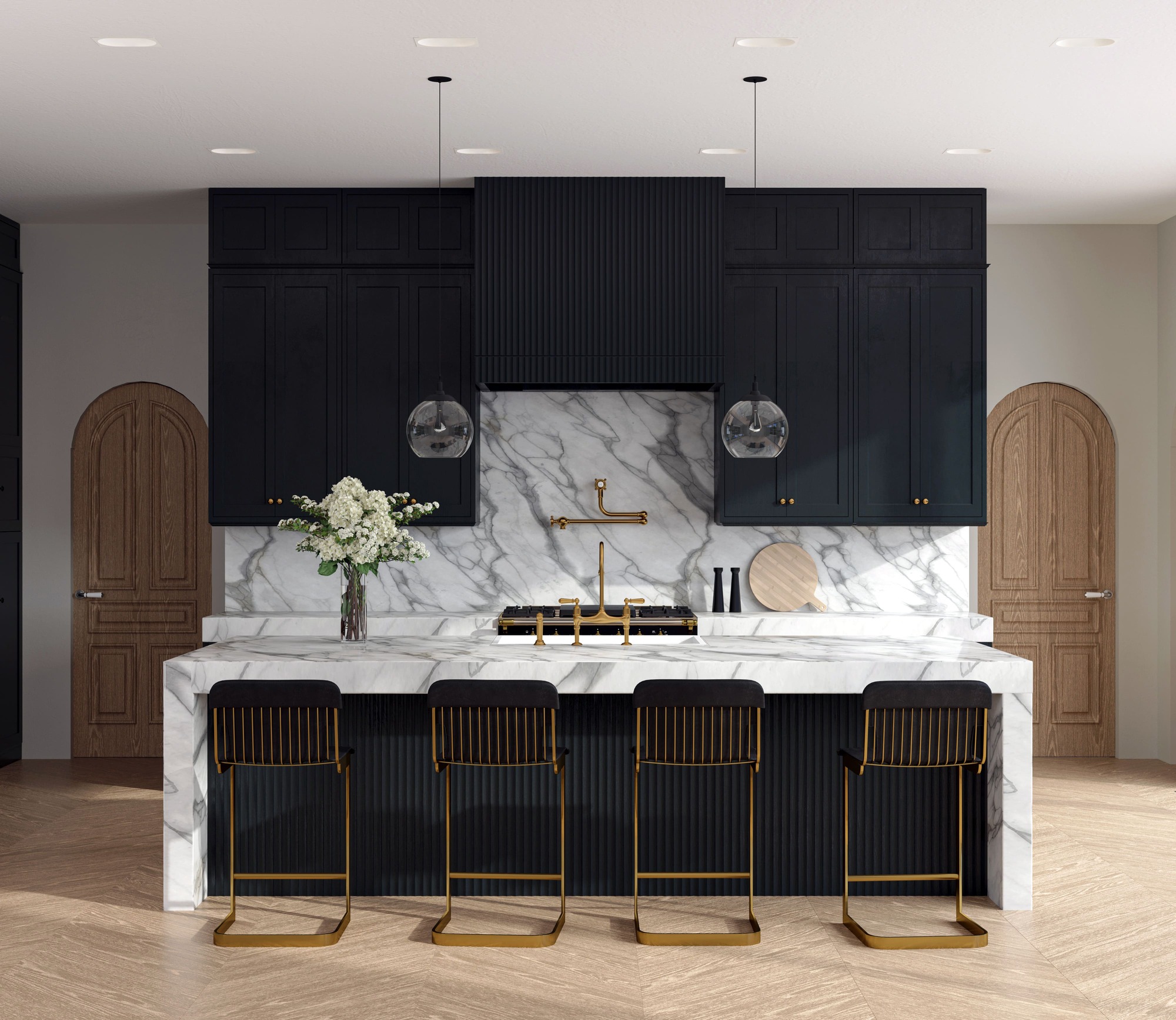3D Virtual Showrooms in Furniture: Merging Dreams with Digital Reality
In an era where digital innovation intersects with our deepest desires for convenience and personalized experiences, the advent of the virtual showroom 3D model represents a seismic shift in the way we interact with the furniture industry. These digital environments offer more than just a visual representation; they are immersive experiences that allow customers to visualize products in their space before purchasing. This article delves into the sophisticated Technology behind these virtual showrooms and explores their profound benefits for businesses and consumers. By embracing this digital reality, the furniture industry is not just changing how it sells; it's transforming how we buy.
The Technology Behind 3D Virtual Showrooms
Delving into the mechanics of virtual showroom technology reveals a complex interplay of advanced 3D rendering, virtual reality (VR), and augmented reality (AR) technologies. At the core of these virtual spaces is the 3D model—a digital twin of the product that can be explored from all angles. Creating these models involves sophisticated software like Autodesk 3ds Max, Blender, or SketchUp. These tools allow designers to construct detailed representations of furniture, complete with textures that mimic real-world materials, from the softness of velvet upholstery to the grain of oak tables.
Beyond creating static models, integrating VR and AR technologies breathes life into the virtual showroom. VR immerses users in a wholly digital environment, accessible through headsets like the Oculus Rift or HTC Vive. In contrast, AR overlays digital models onto the natural world through devices like smartphones or AR glasses, allowing customers to visualize how a piece of furniture would look in their actual space. Technologies such as Unity or Unreal Engine are pivotal in this phase, enabling the seamless interaction between 3D models and the real world.
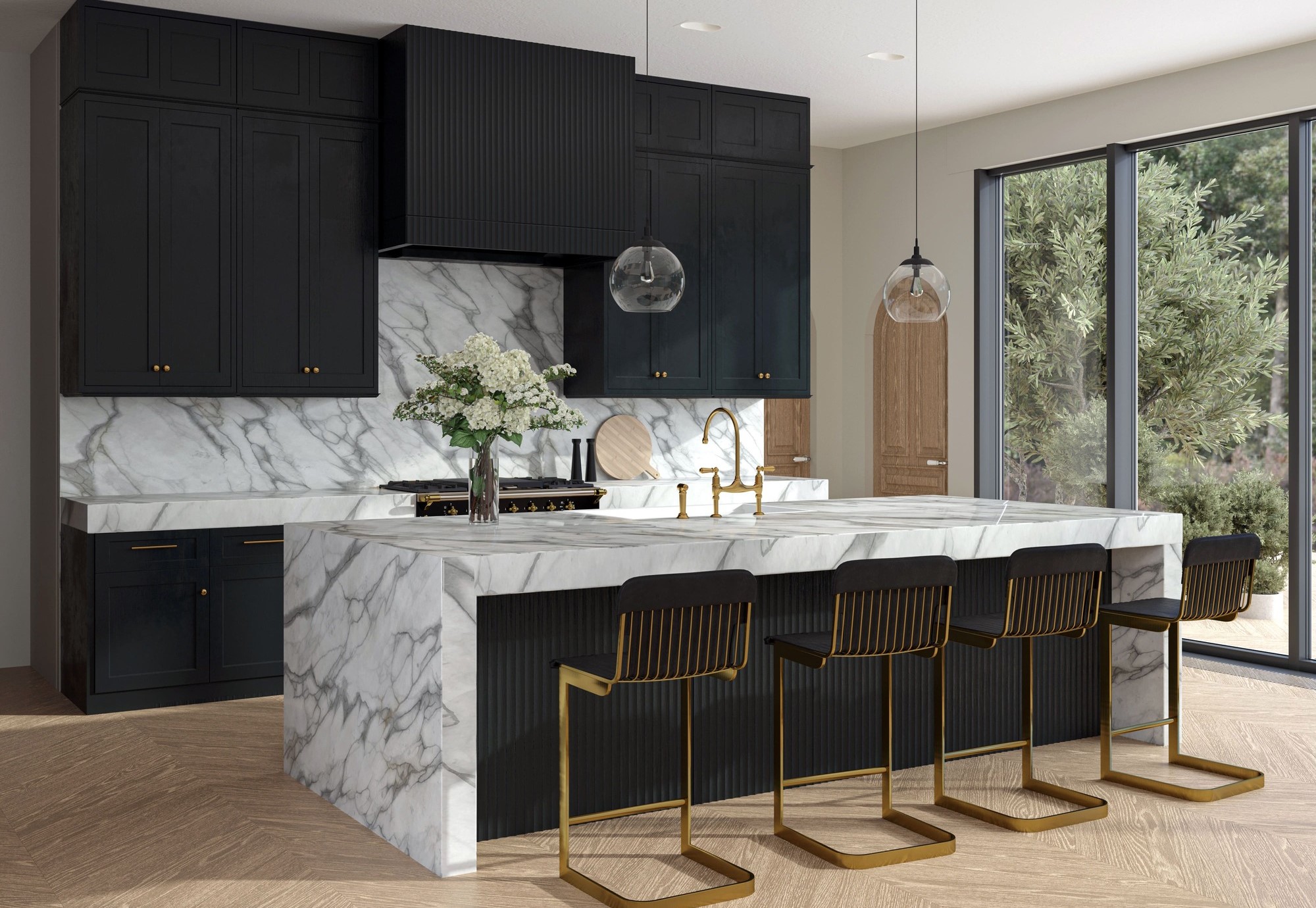
Image from Yousee Studio
But Technology doesn't stop at visualization. Advanced programming and user interface design ensure these virtual showrooms are intuitive and accessible. Features like real-time configuration allow customers to customize products according to their preferences—changing colors, materials, or sizes with a click. Interactive elements, such as the ability to open drawers or rotate objects, enhance the realism of the experience. The backend of these systems often relies on cloud computing to store vast catalogs of high-resolution 3D models and manage the heavy computational load of rendering these models in real time.
Benefits for Businesses and Consumers
The adoption of 3D virtual showrooms offers compelling advantages for both businesses and consumers, fundamentally altering the landscape of the furniture industry. For businesses, the most evident benefit is the broadened reach. Unlike physical showrooms constrained by geographical location, virtual showrooms are accessible to anyone with an internet connection, dramatically increasing the potential customer base. Moreover, these digital spaces are not limited by physical space; they can host an unlimited inventory, showcasing the full range without requiring extensive showrooms or warehouses.
Another significant advantage for businesses is the wealth of data these virtual environments can provide. Tracking how users interact with products—what they view, how long they engage with certain items, and how they customize products—offers invaluable insights into consumer preferences. This data can inform future designs, marketing strategies, and stock management, making businesses more responsive to market demands.
The benefits for consumers are equally transformative. The ability to visualize furniture in their own space before purchasing reduces the uncertainty and dissatisfaction associated with online shopping. This enhances the customer experience and reduces the likelihood of returns, a significant issue for online furniture retailers. Moreover, the immersive nature of these showrooms makes shopping more engaging and enjoyable, far removed from the static images of traditional e-commerce sites.
The personalized experience virtual showrooms offer also speaks directly to the modern consumer's desire for customization. Customers can tailor products to their specific tastes and see these changes reflected in real-time, offering a level of service previously only available in high-end stores. This democratization of personalized shopping has the potential to shift consumer expectations, setting a new standard for the furniture shopping experience.
In conclusion, the convergence of 3D modeling, VR, and AR technologies in creating virtual showrooms represents a pivotal moment for the furniture industry. By offering immersive, interactive, and personalized shopping experiences, these digital spaces are not just a novel concept; they are the future of retail. As Technology continues to evolve, the possibilities for virtual showrooms will expand, further blurring the lines between dreams and digital reality.
Implementing a Virtual Showroom: Steps and Considerations
The journey of creating a virtual showroom is both technological and strategic, requiring careful planning and execution. The first step is the conceptualization phase, where businesses must clearly define their objectives for the virtual showroom. This includes understanding the target audience, determining the range of products to be featured, and deciding on the level of interactivity and customization offered. It's not just about replicating a physical space in a digital environment but reimagining the shopping experience in a way that leverages the unique capabilities of 3D Technology.
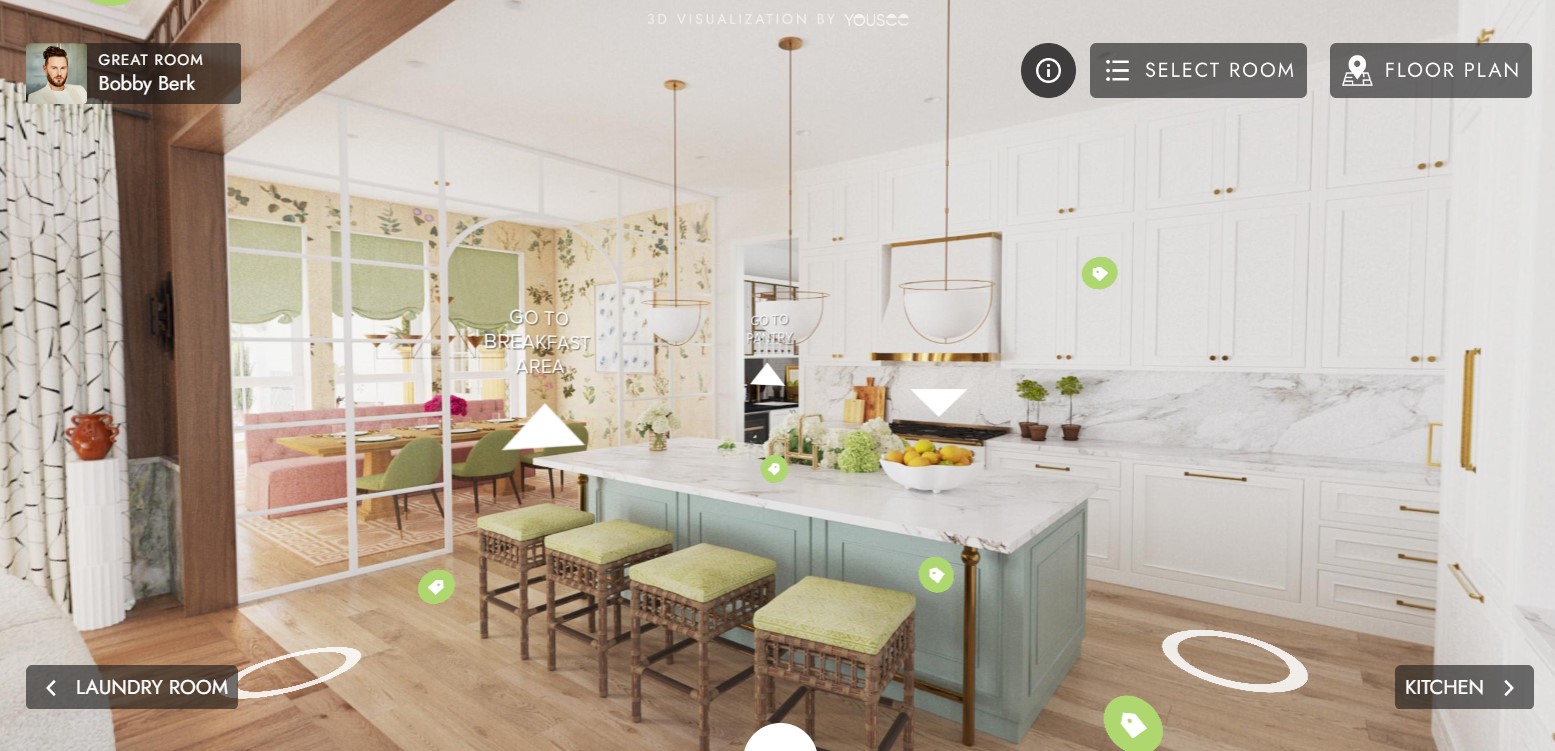
Following the conceptual phase, the design and development of the 3D models take center stage. This process requires a skilled team of 3D artists and developers who can accurately translate physical products into digital twins. Attention to detail is crucial here, as the realism and attractiveness of the models significantly impact user engagement. The choice of Technology is also paramount; selecting the right software tools to deliver high-quality visuals while ensuring smooth performance across different devices is a balancing act of technical proficiency and creative vision.
Another critical consideration is integrating the virtual showroom with existing e-commerce platforms and inventory management systems. This requires robust backend development to ensure the virtual showroom reflects current stock levels, prices, and product specifications. Seamless integration facilitates a unified customer experience, allowing users to transition effortlessly from exploring products in the virtual showroom to purchasing.
Customer interaction within the virtual showroom is an area ripe for innovation. Features like live chat support, virtual assistance, and interactive guides can significantly enhance the user experience, providing real-time help and advice. Furthermore, incorporating feedback mechanisms within the showroom not only aids in continuous improvement but also engages customers in a dialog, fostering a sense of community and loyalty.
Launching a virtual showroom is not the end of the journey but the beginning of an ongoing process of optimization and evolution. Regular updates, based on user feedback and analytics, are essential for keeping the showroom relevant and engaging. Monitoring engagement metrics and user behavior patterns offers insights into preferences and trends, enabling businesses to adapt and refine their virtual showrooms to meet changing customer needs.
Real-World Success Stories in Furniture and E-commerce
Turning our attention to success stories within the furniture and e-commerce sectors provides concrete examples of virtual showroom potential. A standout example is Wayfair, an e-commerce giant in the furniture and home goods sector. Wayfair's augmented reality (AR) technology allows customers to visualize furniture and decor in their spaces through their mobile app. This innovative approach enhances the customer's shopping experience by mitigating uncertainty and serves as a benchmark for integrating AR in e-commerce.
Similarly, IKEA's virtual showroom initiatives, such as the IKEA Place app, leverage AR technology to let customers see how furniture looks and fits in their homes. This application of digital showroom technology has significantly improved the shopping process, allowing IKEA to solidify its position as a leader in retail innovation.
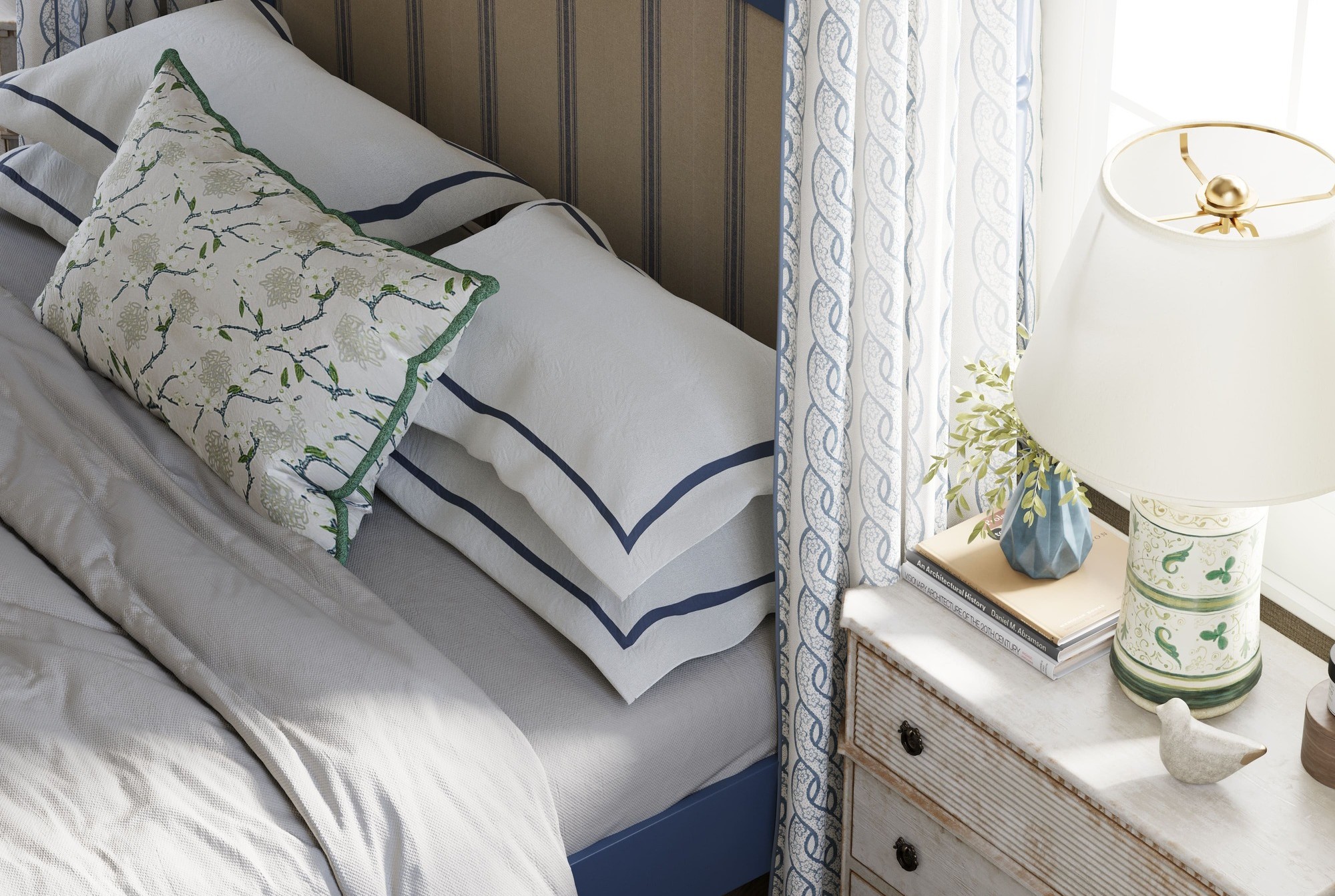
Image from Yousee Studio
Another notable example is the online furniture retailer Pepperfry, which launched a virtual reality experience in select studios. This experience offers customers a 360-degree view of various furniture arrangements, helping them visualize how these pieces could transform their living spaces. By merging VR technology with its retail strategy, Pepperfry has enhanced its customer engagement and increased the likelihood of sales through an immersive shopping experience.
These examples from Wayfair, IKEA, and Pepperfry illustrate the transformative potential of virtual showrooms in the furniture and e-commerce sectors. They highlight how businesses can leverage digital technologies to revolutionize the shopping experience, offering customers unparalleled convenience, personalization, and engagement. As these technologies continue to evolve, the future of retail will likely see even more innovative applications of virtual showrooms, further blurring the lines between the physical and digital shopping realms.
Contact us at YouSee Studio for captivating 3D renderings and immersive virtual experiences.
Karen Spacey is a content writer and the author of this article.

